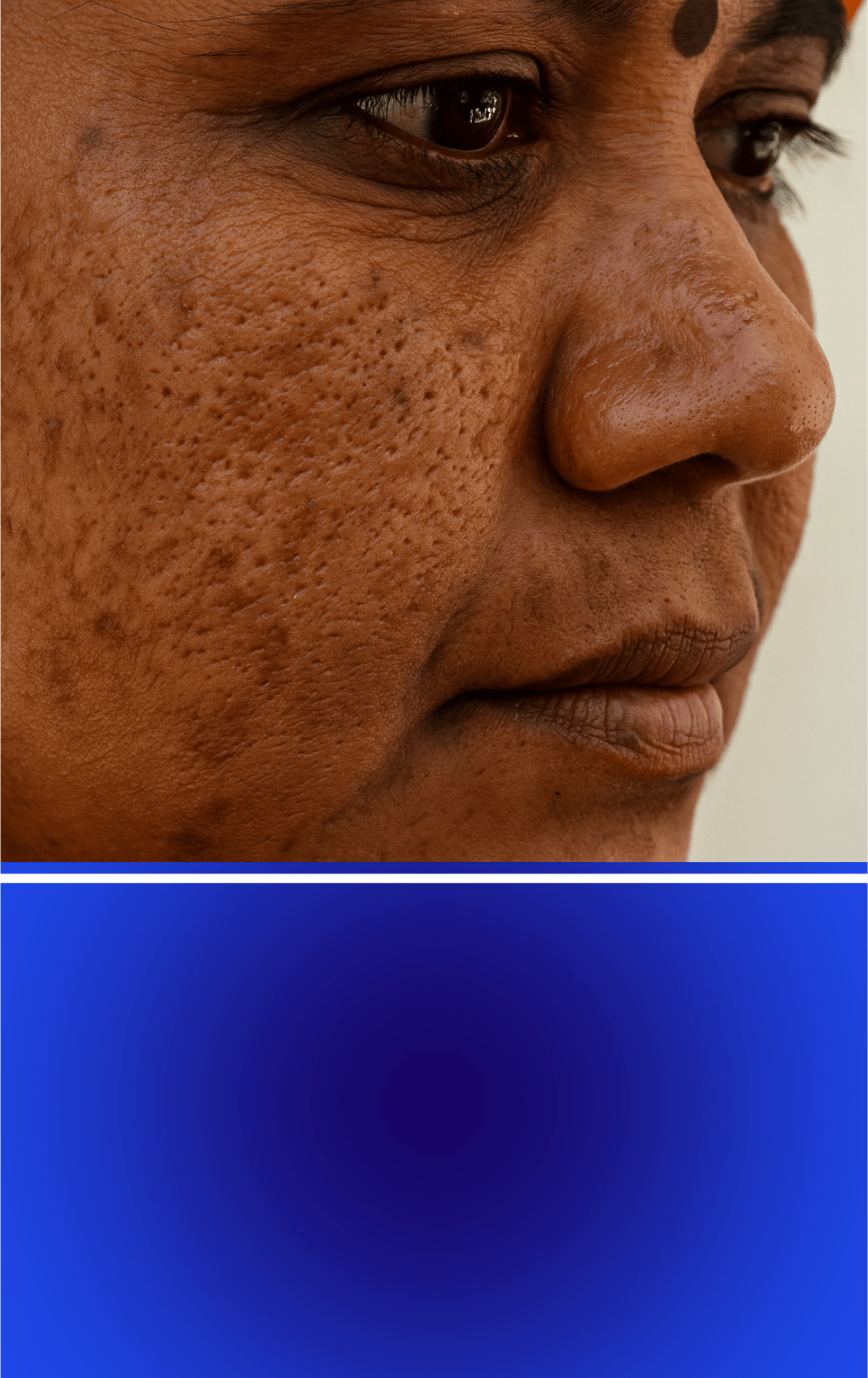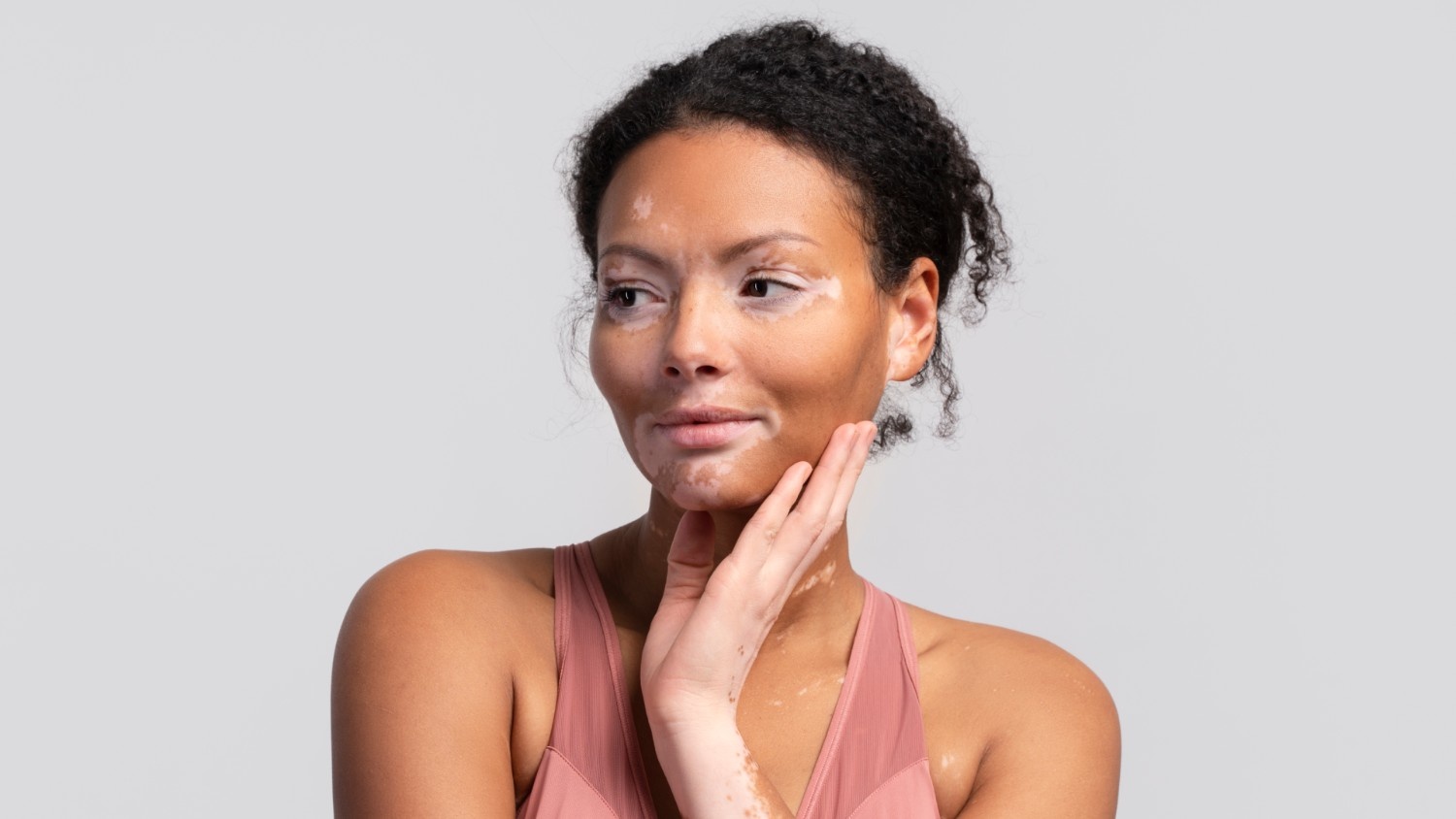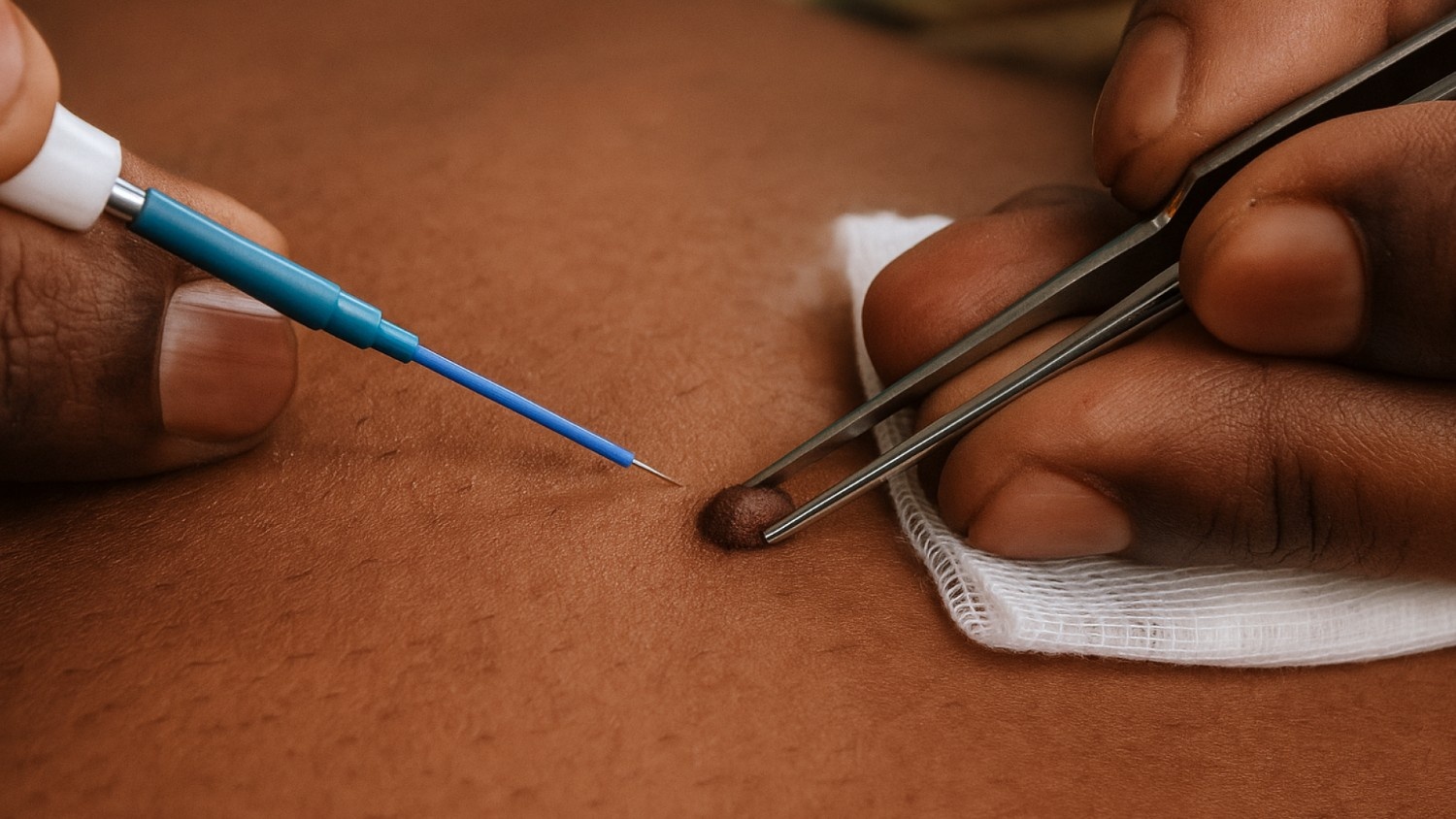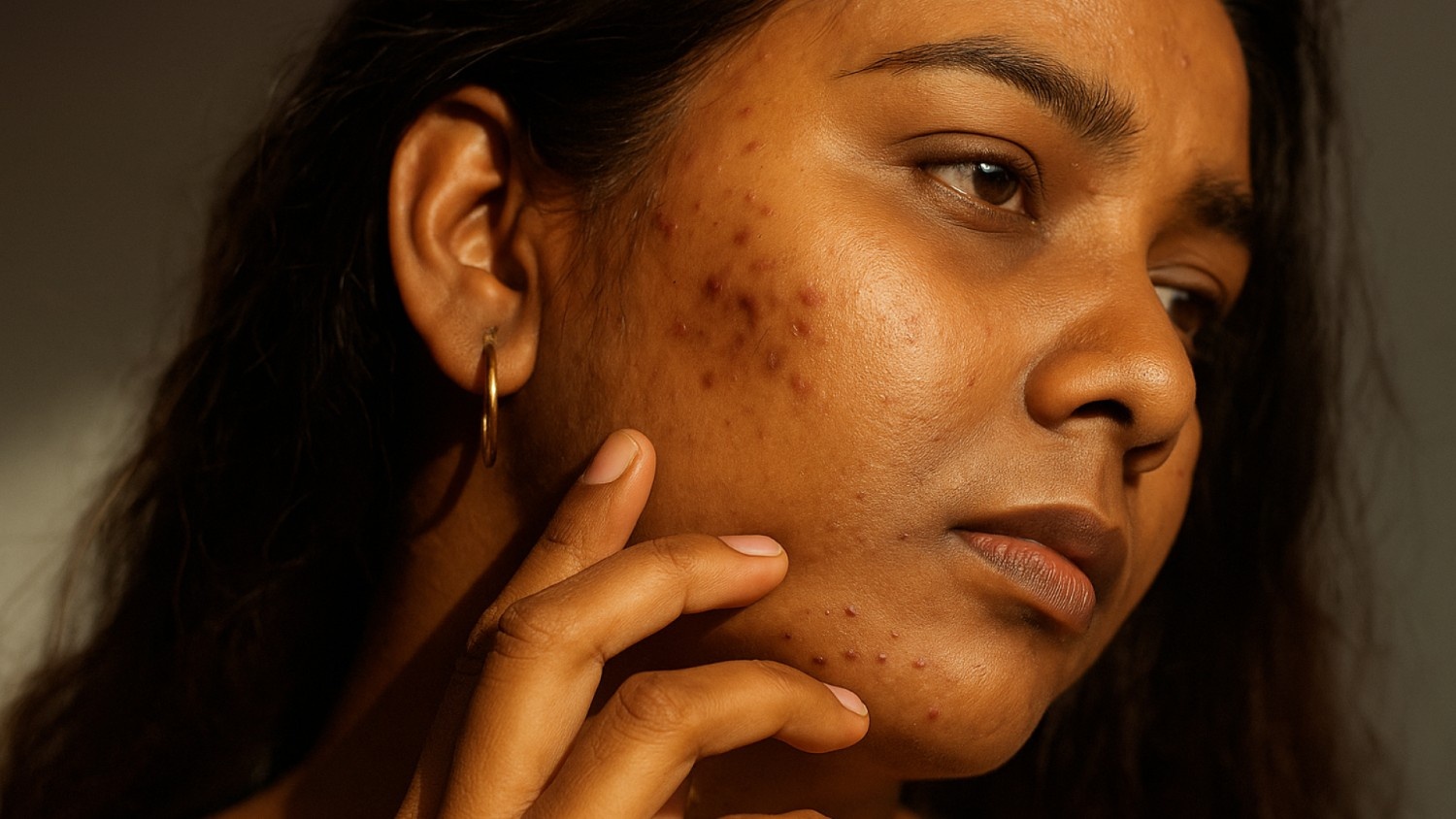Over 80% of men and 50% of women globally are affected by Hair loss, making it one of the most common dermatological concerns. Modern medical science offers numerous effective hair loss treatment options, from clinically proven topical solutions to advanced procedures that can restore confidence and hair density. Early professional assessment and personalised treatment plans significantly improve outcomes for patients experiencing different types of hair loss.
Key Takeaways
- Understanding the various causes of hair loss helps determine the most effective treatment approach.
- Multiple proven treatment options exist, from topical medications to advanced clinical procedures.
- Early intervention significantly improves treatment outcomes and hair regrowth potential.
- Professional dermatological assessment ensures personalised treatment plans for optimal results.
- Combining lifestyle modifications with medical treatments enhances overall effectiveness.
Understanding Hair Loss: Types and Patterns
Recognising different hair loss patterns forms the foundation for effective treatment selection. Each type requires specific approaches based on underlying mechanisms and progression patterns.
Androgenetic Alopecia (Male and Female Pattern Hair Loss)
Androgenetic alopecia represents 50% of male hair loss cases and affects 40% of women by age 50. This condition results from genetic predisposition combined with hormonal sensitivity to dihydrotestosterone (DHT). Male pattern baldness typically begins with receding hairlines and crown thinning, while female pattern hair loss presents as diffuse thinning across the crown area.
Pattern hair loss treatments must address DHT sensitivity through targeted medications. Studies show that early intervention prevents further follicle miniaturisation and can stimulate regrowth in 60-80% of patients within 6-12 months.
Stress-Related Hair Loss (Telogen Effluvium)
- Chronic stress disrupts the normal hair growth cycle, pushing follicles into the resting phase prematurely. This condition affects women three times more frequently than men, often triggered by significant life events, illness, or hormonal changes.
- Female hair loss stress treatment focuses on addressing both the underlying stressors and supporting follicle recovery through medical interventions. Recovery typically occurs within 3-6 months once stress levels normalise and appropriate treatment begins.
Other Common Types
Alopecia areata causes patchy hair loss due to autoimmune factors, affecting 2% of the population. Nutritional deficiencies, particularly iron, protein, and vitamin D, contribute to diffuse hair thinning. Certain medications, including blood thinners and chemotherapy agents, can cause temporary or permanent hair loss depending on the treatment duration and individual sensitivity.
Root Causes of Hair Loss
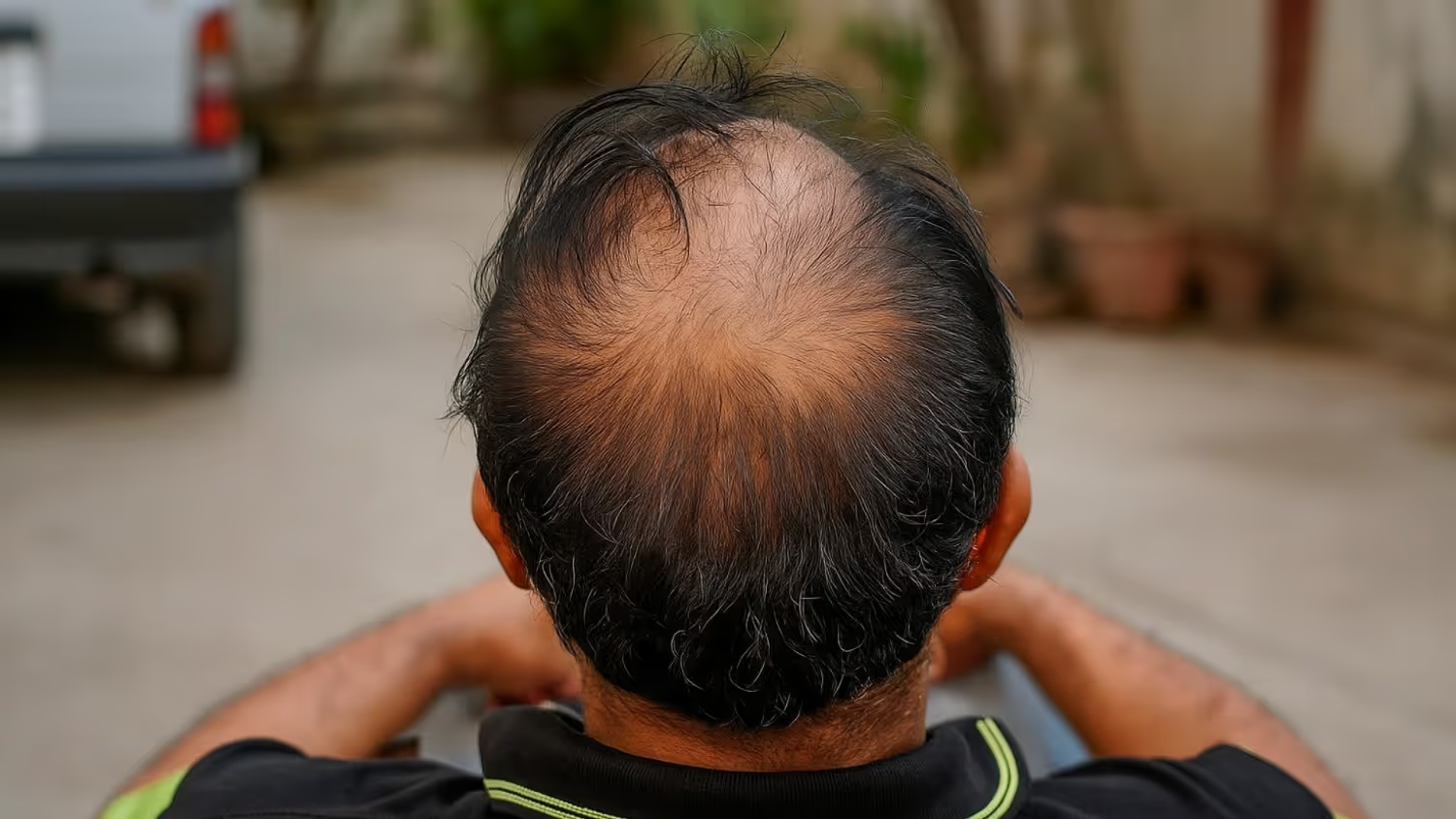
A comprehensive understanding of underlying factors enables targeted treatment approaches for lasting results. Multiple factors often contribute simultaneously to hair loss progression.
Hormonal Imbalances
DHT sensitivity remains the primary driver of androgenetic alopecia. This hormone binds to follicle receptors, causing gradual miniaturisation over time. Thyroid disorders affect 8-28% of hair loss patients, with both hyperthyroidism and hypothyroidism disrupting normal growth cycles.
Post-pregnancy hormonal shifts affect a lot of new mothers, while menopausal women experience increased hair thinning due to declining oestrogen levels. These hormonal changes require specialised treatment approaches considering safety during breastfeeding or hormone replacement therapy interactions.
Lifestyle and Environmental Factors
Nutritional deficiencies are a common underlying cause of hair loss in women. Iron deficiency anaemia, commonly affecting menstruating women, disrupts oxygen delivery to follicles. Protein inadequacy prevents keratin synthesis, while vitamin D deficiency affects follicle cycling.
Chronic stress elevates cortisol levels, disrupting the hypothalamic-pituitary-adrenal axis and affecting hair growth phases. Chemical treatments, tight hairstyles, and excessive heat styling cause mechanical damage, leading to breakage and traction alopecia.
Medical Conditions and Medications
Autoimmune disorders like lupus and rheumatoid arthritis can trigger hair loss through inflammatory processes affecting follicles. Chronic illnesses, including diabetes, kidney disease, and liver disorders, impact nutrient absorption and circulation, affecting hair health.
Over 200 medications list hair loss as a potential side effect. Beta-blockers, anticoagulants, antidepressants, and acne medications commonly cause temporary thinning that typically reverses upon discontinuation.
Proven Hair Loss Treatment Options
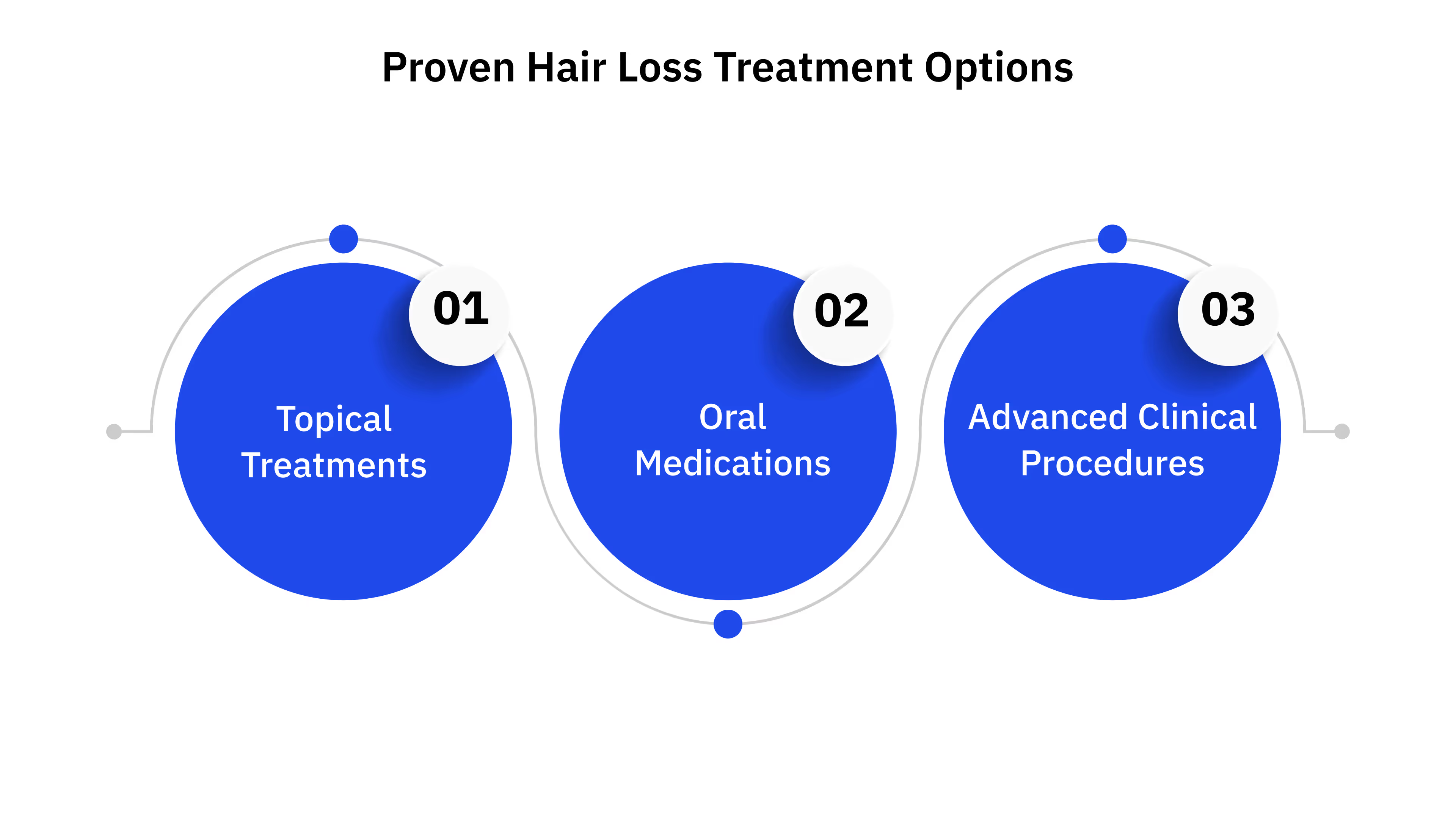
Evidence-based treatment approaches offer hope for individuals experiencing different types of hair loss. Clinical studies demonstrate significant improvement rates across multiple treatment modalities.
Topical Treatments
Minoxidil remains the gold standard topical treatment, approved by regulatory authorities worldwide. The 5% solution shows 60-70% effectiveness in men, while the 2% formulation demonstrates 40-50% success rates in women. Research confirms significant hair density improvements within 6-12 months of consistent use.
Prescription topical solutions containing finasteride, tretinoin, or corticosteroids target follicular inflammation and hormonal pathways, improving effectiveness especially in androgenetic alopecia and alopecia areata.
Ready to explore personalised topical treatments for your hair loss concerns? Schedule a consultation with our expert dermatologist to discuss the most suitable options for your specific condition.
Oral Medications
Finasteride demonstrates significant effectiveness in stopping hair loss progression and stimulates regrowth in men with androgenetic alopecia. This 5-alpha reductase inhibitor blocks DHT production, addressing the root cause of male pattern baldness.
For women, anti-androgen therapy using spironolactone or cyproterone acetate shows promising results, particularly in cases with elevated androgen levels. Nutritional supplements containing biotin, saw palmetto, and marine proteins support overall hair health and complement primary treatments.
Advanced Clinical Procedures
Platelet-rich plasma (PRP) therapy involves injecting concentrated platelets containing growth factors into the scalp to promote follicle regeneration and hair growth by enhancing blood supply and cell repair. Clinical studies report significant improvement in hair density after 3-6 sessions. This PRP treatment works particularly well when combined with topical medications.
Mesotherapy delivers vitamins, minerals, and growth factors directly to the scalp through microinjections. Low-level laser therapy (LLLT) uses specific wavelengths to enhance cellular metabolism and blood circulation to follicles, showing 55% improvement in women on temporal area of scalp as per hair density studies.
Discover how advanced procedures can transform your hair restoration journey. Book an assessment to explore PRP therapy and other treatments tailored to your needs.
Best Treatment for Hair Loss in Females
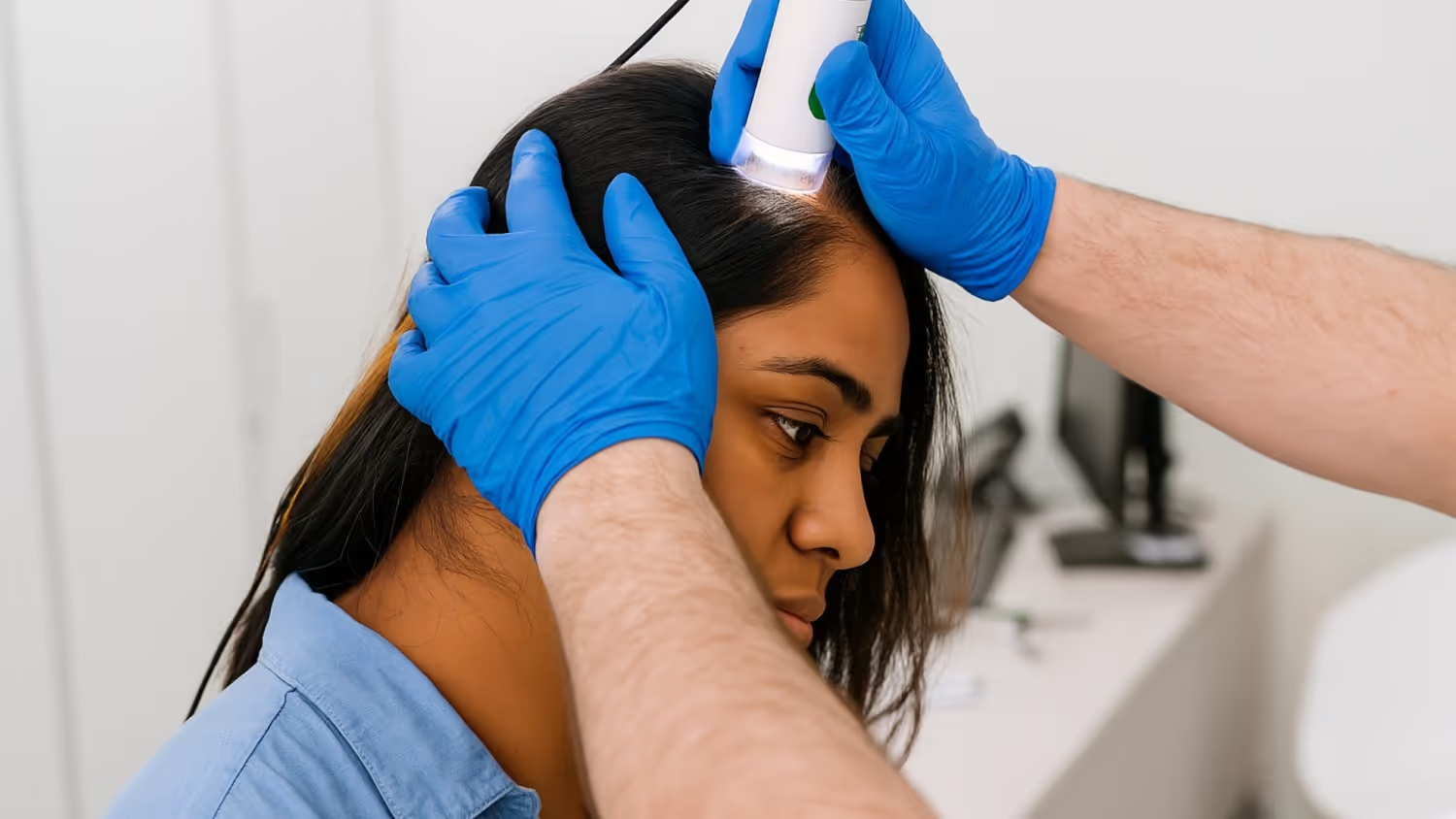
Female hair loss requires specialised approaches considering hormonal factors and aesthetic concerns. Women face unique challenges, including pregnancy safety, hormonal fluctuations, and different presentation patterns requiring modified treatment protocols.
Hormonal Considerations in Women
Post-menopausal women experience hair density reduction due to declining oestrogen levels. Hormone replacement therapy can help, but requires careful monitoring for contraindications. PCOS affects reproductive-age women, causing elevated androgens and characteristic hair thinning patterns.
Pregnancy and postpartum periods involve dramatic hormonal shifts affecting 50% of new mothers. Treatment options during pregnancy and breastfeeding remain limited, focusing on gentle, pregnancy-safe approaches and nutritional support.
Treatment Options for Women
Female-specific minoxidil formulations contain lower concentrations but demonstrate good effectiveness with reduced side effects. The best treatment for hair loss in females often combines topical minoxidil with anti-androgen therapy and nutritional supplementation.
Anti-androgen medications like spironolactone show effectiveness in women with androgenetic alopecia, particularly those with elevated DHEA-S levels. Cosmetic solutions, including volumising products, scalp micropigmentation, and strategic styling techniques, provide immediate aesthetic improvements while medical treatments take effect.
Female Hair Loss Stress Treatment
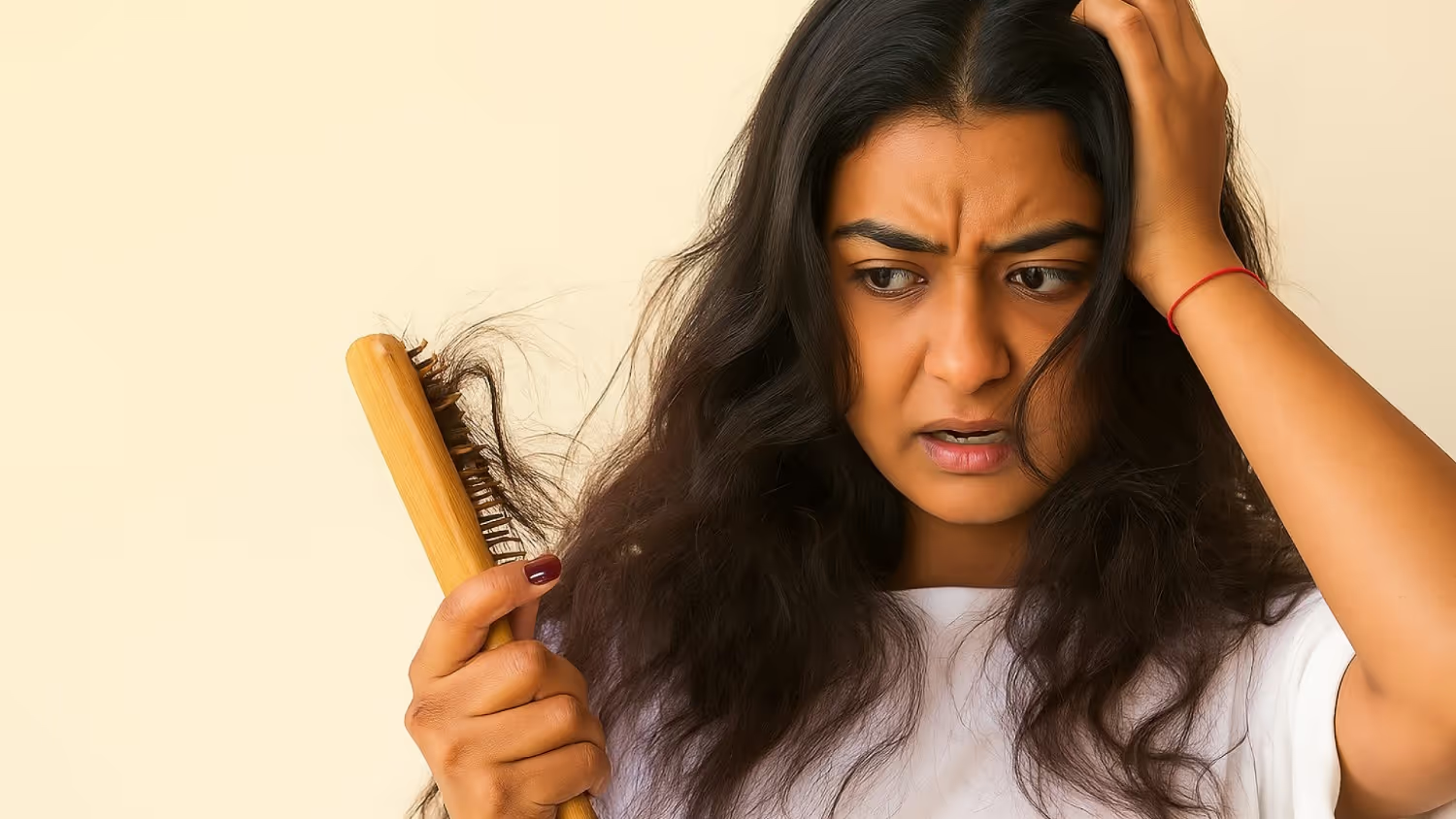
Stress-induced hair loss in women requires comprehensive management addressing both physiological and psychological factors. This condition often occurs alongside other stress-related symptoms requiring holistic treatment approaches.
Understanding the Stress-Hair Loss Connection
Elevated cortisol levels disrupt the hypothalamic-pituitary-adrenal axis, pushing follicles into the telogen (resting) phase prematurely. Acute stress from surgery, illness, or emotional trauma can cause hair loss 2-4 months after the triggering event.
Chronic stress elevates cortisol levels, which disrupts the hypothalamic-pituitary-adrenal axis—a hormonal system controlling stress responses—leading to altered hair growth cycles and hair loss.
Comprehensive Treatment Approach
Female hair loss stress treatment combines medical interventions with stress management techniques for optimal results. Adaptogenic supplements like ashwagandha and rhodiola help regulate cortisol levels naturally.
Mindfulness meditation, yoga, and regular exercise demonstrate measurable improvements in stress-related hair loss through cortisol reduction. Cognitive behavioural therapy addresses underlying anxiety and depression contributing to chronic stress patterns.
Medical interventions include low-dose corticosteroids for severe cases and nutritional support targeting stress-depleted vitamins and minerals. Sleep hygiene improvements and social support systems enhance overall treatment effectiveness.
Transform your stress-related hair loss with comprehensive care. Connect with our specialists to develop a personalised treatment plan addressing both medical and lifestyle factors.
Treatment Selection and Personalised Care
Individual assessment determines the most effective treatment combination for sustainable hair regrowth. Professional evaluation identifies specific causes and contributing factors, enabling targeted therapeutic approaches with higher success rates.
Diagnostic Evaluation Process
Comprehensive scalp examination using trichoscopy reveals follicle miniaturisation, inflammation, and scarring patterns invisible to naked eye observation—digital photography documents baseline hair density for objective progress monitoring throughout treatment.
Blood tests evaluate thyroid function, iron status, vitamin D levels, and hormonal profiles including testosterone, DHEA-S, and cortisol. These laboratory findings guide treatment selection and identify correctable underlying conditions affecting hair growth.
Family history assessment reveals genetic predisposition patterns, while lifestyle evaluation identifies modifiable risk factors, including nutritional deficiencies, stress levels, and styling practices, contributing to hair loss progression.
Creating Your Treatment Plan
When it comes to treating hair loss, a multi-approach plan works best. Key aspects include:
- Combining different therapies to target multiple causes of hair loss.
- Topical medications stimulate hair follicles.
- Oral treatments balance hormones or correct nutritional gaps.
- Topical solutions usually show results after a few months.
- Advanced options like PRP therapy bring gradual, longer-term improvement.
- Regular follow-ups help track progress and adjust treatment.
- Photos and measurable tracking ensure accurate assessment of results.
Conclusion
Effective hair loss treatment requires professional assessment, evidence-based therapeutic approaches, and realistic expectations for optimal outcomes. Modern dermatology offers numerous proven treatments addressing different causes and patterns of hair loss, from topical medications to advanced clinical procedures. Success depends on early intervention, consistent treatment adherence, and personalised protocols targeting individual contributing factors.
At Velantis Dermatology, we understand the emotional impact of hair loss and provide compassionate, comprehensive care using the latest medical advances. Contact Velantis Dermatology to begin your treatment journey with Dr. Janani Sree C M, our trusted MD dermatologist specialising in extensive hair loss solutions. Schedule your consultation today to begin your journey toward healthier, fuller hair with expert dermatological care.
Frequently Asked Questions
Q1: How long does it take to see results from hair loss treatment?
A1: Most topical treatments show initial improvements within 3-4 months, with significant results visible at 6 months. Advanced procedures like PRP therapy demonstrate progressive improvement over 6-12 months. Individual response varies based on hair loss type and treatment consistency.
Q2: Are hair loss treatments safe for long-term use?
A2: FDA-approved treatments like minoxidil and finasteride demonstrate excellent long-term safety profiles when used under medical supervision. Regular monitoring ensures early detection of any side effects. Natural therapies and lifestyle modifications pose minimal risks for extended use.
Q3: What is the success rate of different treatment options?
A3: Topical minoxidil shows 60-70% effectiveness in men and 40-50% in women. Oral finasteride demonstrates 80-90% success in stopping hair loss progression. PRP therapy achieves 60-70% improvement in hair density. Combination approaches typically yield higher success rates than single treatments.
Q4: How much do hair loss treatments typically cost?
A4: Treatment costs vary based on selected therapies and treatment duration. Topical medications range from ₹1,000-3,000 monthly, while advanced procedures like PRP cost ₹8,000-15,000 per session. Consultation fees help determine the most cost-effective approach for individual needs.
Q5: Can stress-related hair loss be reversed entirely?
A5: Stress-induced telogen effluvium typically reverses completely within 6-12 months once stress levels normalise and appropriate treatment begins. Early intervention with stress management techniques and nutritional support accelerates recovery. Chronic stress may require ongoing management for optimal results.
Q6: When should I consult a dermatologist for hair loss?
A6: Consult a dermatologist if you notice increased hair shedding lasting more than 3 months, visible thinning areas, or patchy hair loss patterns. Early professional assessment prevents progression and improves treatment outcomes. Family history of hair loss warrants proactive evaluation and prevention strategies.


.png)
